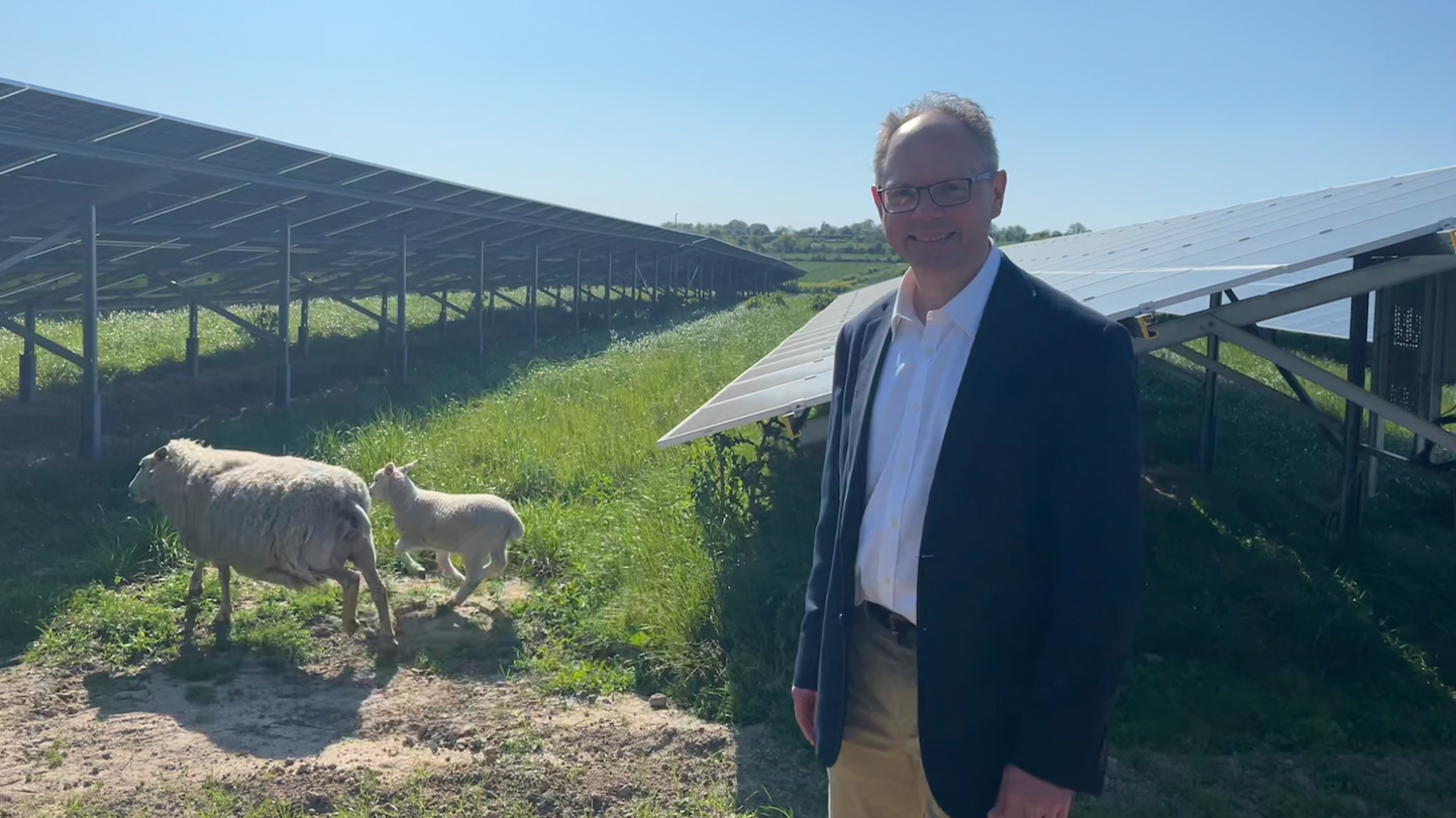Residents oppose plans for St Martin solar farm
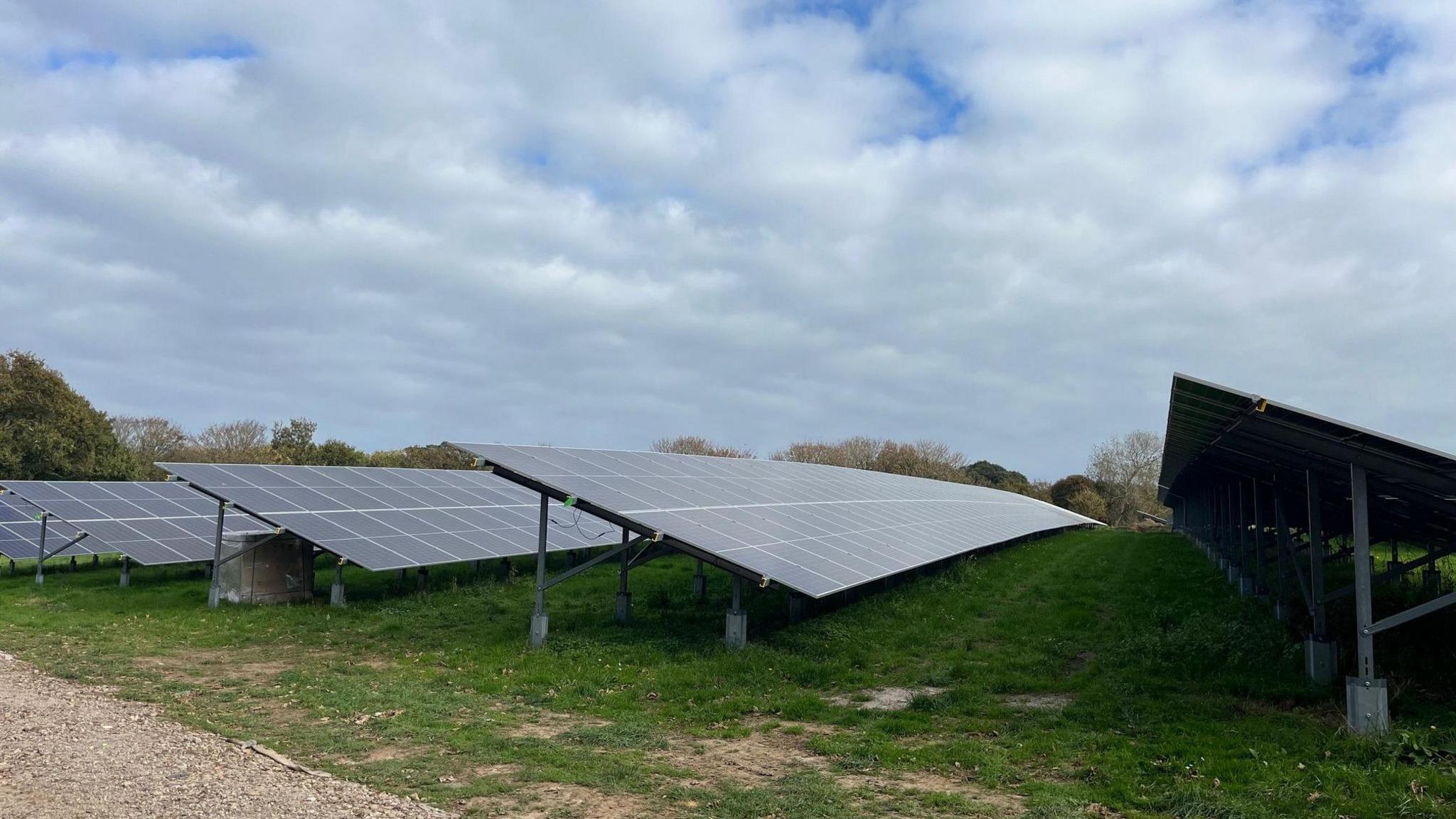
Jersey Electricity says the scheme could power more than 40% of homes
- Published
Residents have raised concerns over plans for a solar farm in St Martin, warning it could alter the parish's tranquil rural character and disrupt wildlife.
The 5.2-megawatt project would cover about 20 acres (eight hectares) of Crown land, with panels designed to operate alongside crops and livestock in an agrivoltaic system, external, which sees the dual use of land.
Critics said they were worried it could affect traditional farming practices, as the clay soil in the area was better suited to crops; and were also concerned about the possible visual impact.
Jersey Electricity (JE) said the scheme could power more than 40% of homes in the parish and become a centre of excellence for agrivoltaics.
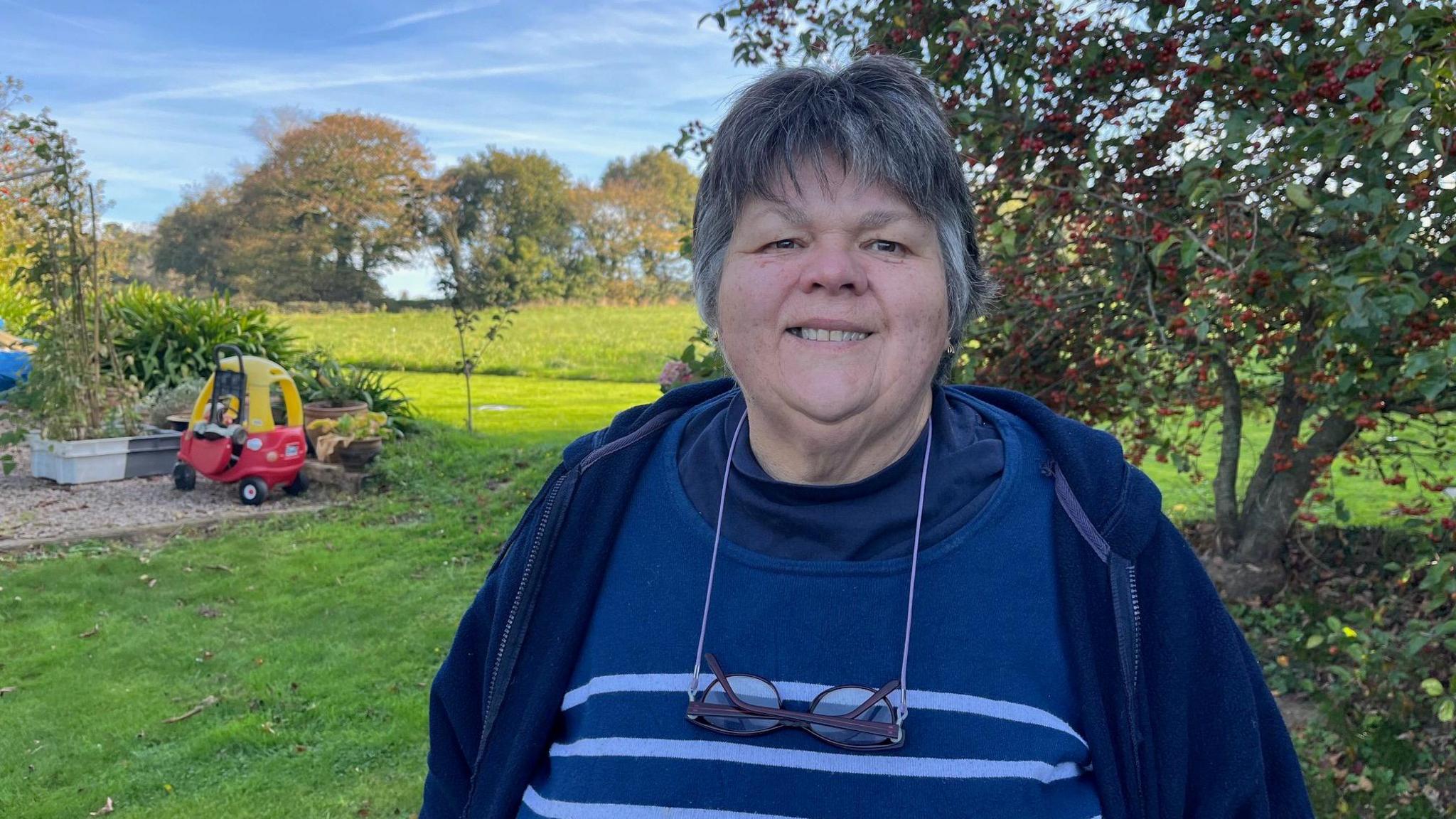
Local resident Monique Lawrence lives alongside the proposed development
Local resident Monique Lawrence said the project would industrialise one of St Martin's most tranquil landscapes.
"This is an area of great beauty - hundreds of people walk these green lanes every week - and we don't want our nine-by-five [miles] island to end up covered in solar panels."
Another resident, Adrien Merhet, suggested using rooftops instead of farmland safeguarded for agriculture and heritage.
He said: "If they put them onto people's roofs, then those people themselves can benefit directly from the generation of that electricity.
"By putting them onto fields, what's effectively happening is that Jersey Electricity are taking the benefits - and taking land that could otherwise be used by new farmers."
Residents have also questioned whether Jersey, which already imports about 95% of its power from low-carbon French sources, needs ground-mounted solar farms at all.
Locals said the site's heavy clay soil was better suited to vegetable crops than solar infrastructure, warning that panels could worsen drainage and flooding in the nearby valley.
Environmental groups have also raised concerns about wildlife, noting that aquatic birds from the nearby Queen's Valley Reservoir might mistake panels for water.
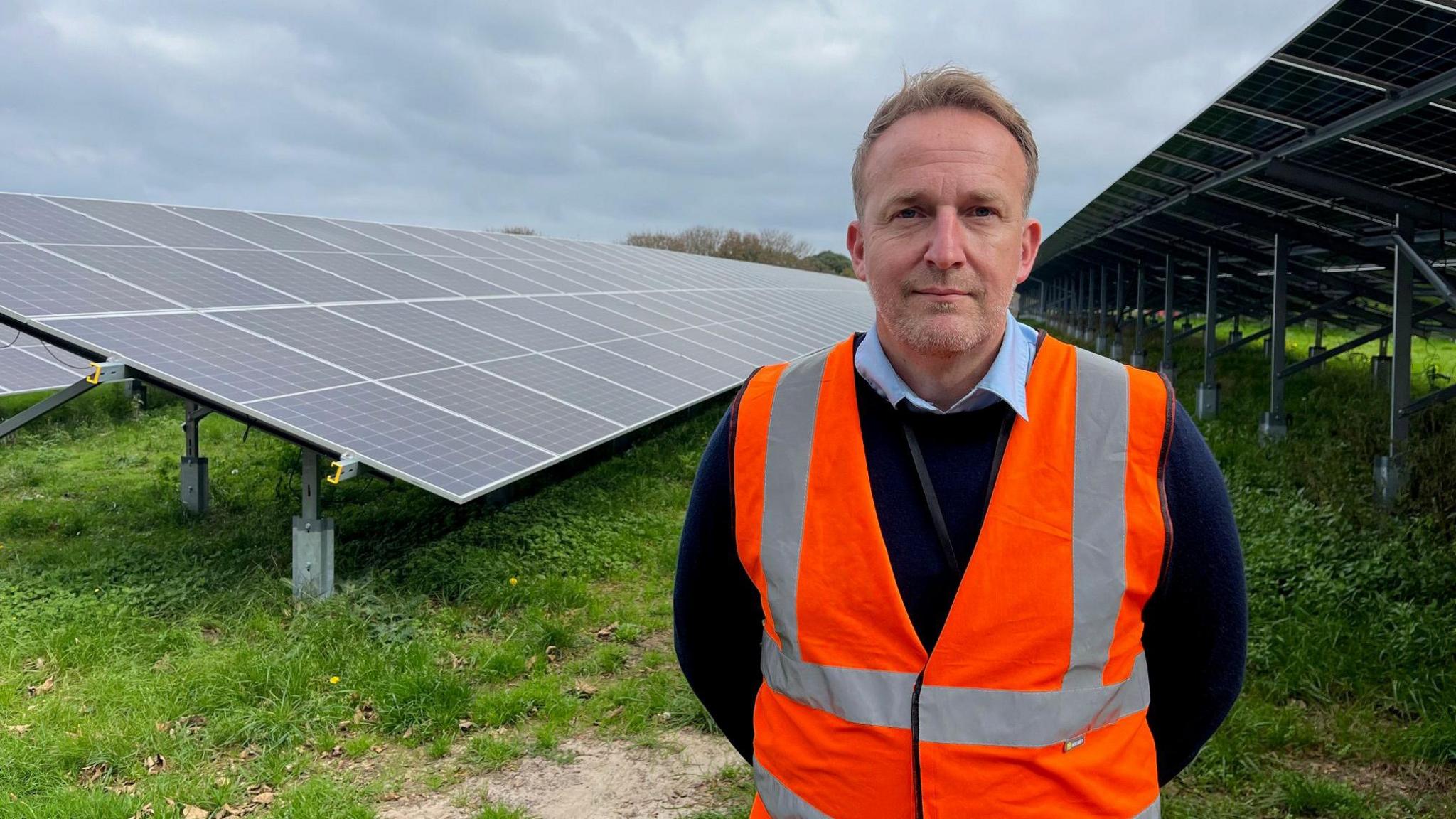
Steve Tanner, from Jersey Electricity, says the company is engaging with local residents to understand concerns about visual impacts
The plans form part of the company's Solar 5000 programme to generate 25 megawatts of local solar power by 2027.
JE said the site could become a European centre of excellence for agrivoltaics, supported by the Crown Estate and Harper Adams University.
Receiver General Alan Blair, representing the Crown Estate, said the project "aligns with His Majesty King Charles's long-held support for sustainable farming and energy" and could "drive innovation in Jersey's agricultural sector while delivering tangible benefits to the island".
JE said the site is "well-screened by existing hedgerows," would remain in agricultural use, and include biodiversity improvements.
Steve Tanner, speaking for the company, added it had been engaging with local residents to understand concerns about visual impacts.
"We've been speaking to local residents to understand potential visual impacts and are considering changes to panel heights and screening to mitigate them as much as possible," he said.
The company also said the installation would be temporary and fully reversible after 40 years.
Feedback from consultations will shape a formal planning application later this year, with construction possible in 2026 and power generation by spring 2027.
Follow BBC Jersey on X, external and Facebook, external. Send your story ideas to channel.islands@bbc.co.uk, external.
Related topics
- Published8 October
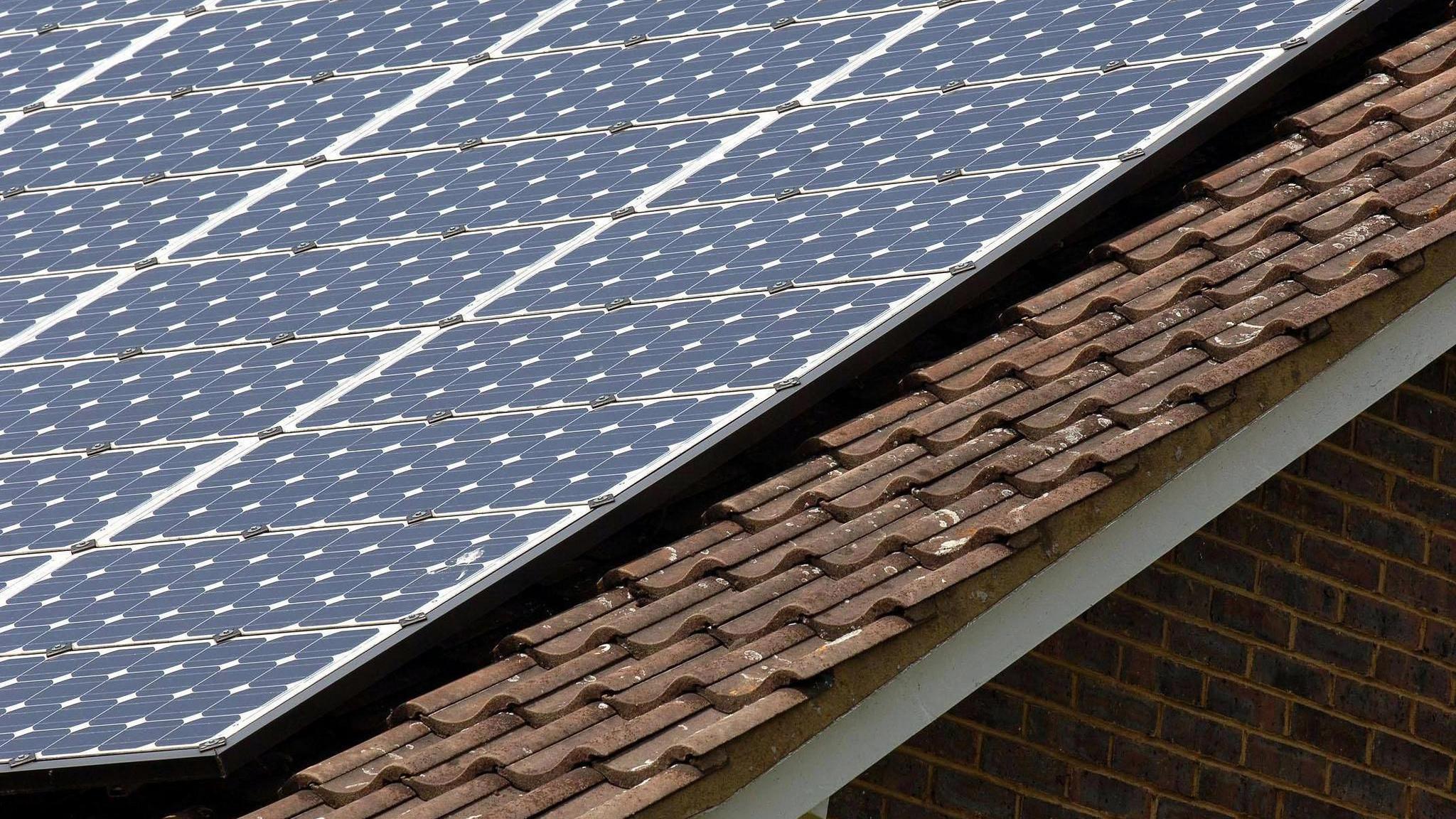
- Published29 August
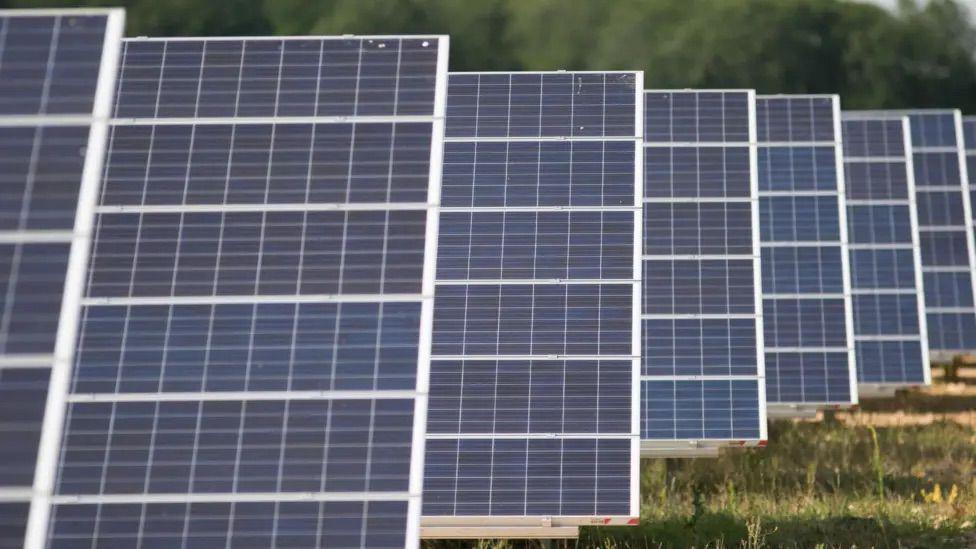
- Published1 May
